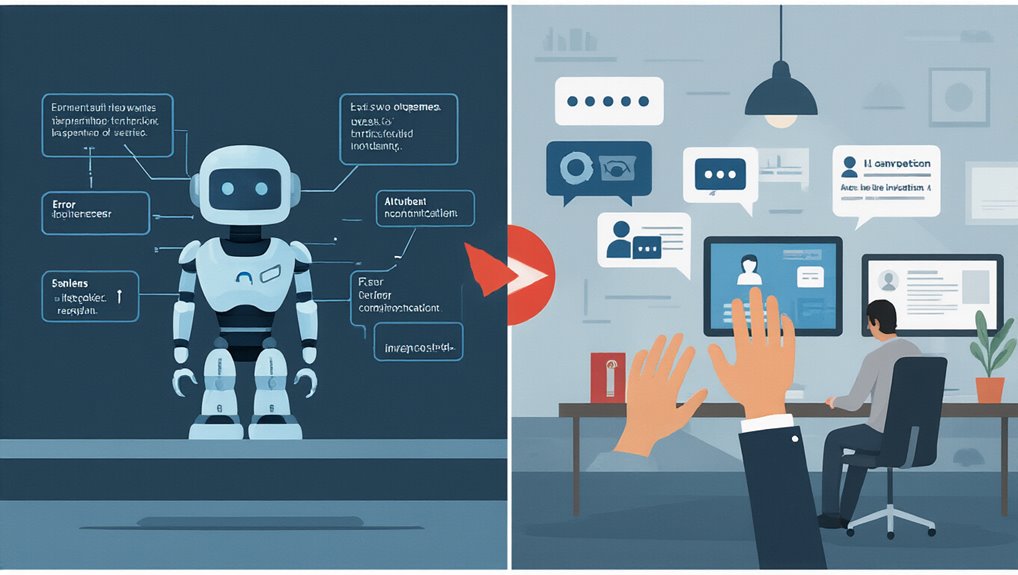As organizations navigate an increasingly complex technological landscape, IT support outsourcing continues to evolve from a mere cost-cutting measure into a strategic business imperative. Market projections underscore this shift, with the global help desk outsourcing market expected to surge from $10 billion in 2024 to $18.3 billion by 2033. This remarkable growth trajectory coincides with broader IT outsourcing forecasts ranging between $409 billion and $833 billion globally by the same year.
The adoption rates tell a compelling story of market penetration. Between 50% and 65% of organizations now utilize help desk outsourcing services either partially or completely, with particularly strong uptake since 2021. Help desk and desktop support functions rank among the most frequently outsourced IT services, averaging 55% outsourcing levels across industries. Even small businesses are embracing this trend, with 37% outsourcing at least one business process.
Help desk outsourcing has become mainstream, with over half of companies embracing this strategy across all business segments.
Three key factors are driving this unprecedented growth:
- Persistent talent scarcity in Western markets
- Economic pressures demanding cost optimization
- Cloud computing adoption, considered essential by 90% of companies for outsourcing strategies
The technology revolution is fundamentally transforming service delivery models. Generative AI and automation now enable hybrid human-AI teams that enhance customer experience through real-time sentiment analysis and performance tracking. These technologies streamline back-office operations while supporting predictive maintenance capabilities that improve overall service reliability. Organizations implementing AI-powered support are seeing 65% of issues resolved at first contact without human intervention. Traditional fixed-capacity support models are rapidly being replaced by on-demand service structures that allow businesses to scale support capacity during product launches and peak seasons.
This evolution is shifting the focus from simple cost arbitrage to value optimization, with companies increasingly prioritizing quality, speed, and strategic alignment. With 91% of organizations planning to maintain or increase their outsourcing commitments through 2026, the industry stands at a pivotal inflection point. Organizations can achieve strategic cost reduction of 20-40% in operational technology expenses by leveraging outsourcing partnerships effectively.
The year 2026 will likely determine whether traditional outsourcing models can successfully integrate emerging technologies or risk obsolescence. Companies that strategically leverage outsourcing to address both immediate operational needs and long-term innovation goals will position themselves for sustainable competitive advantage in an increasingly digital business landscape.









